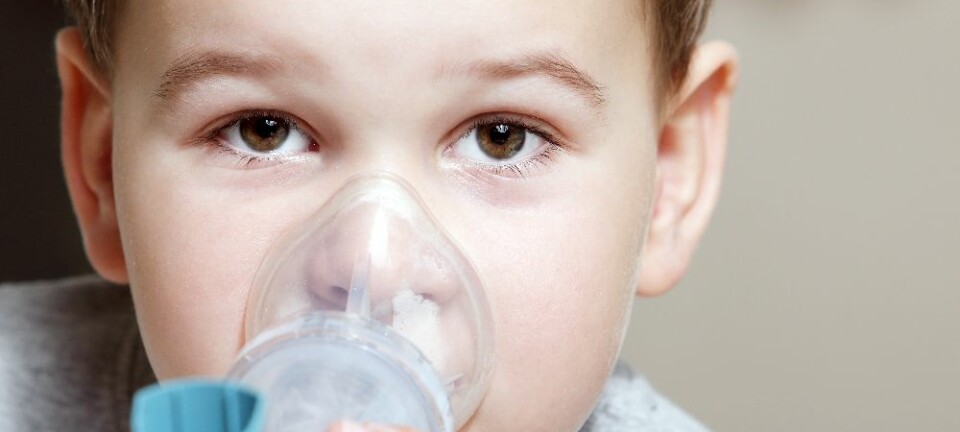
Air pollution hurts children’s mental health
Swedish research has shown that children and adolescents who live in areas with high air pollution levels run a greater risk of insomnia and psychiatric diagnoses.
The study covered a large share of the Swedish population and has been published in the journal BMJ Open. According to the researchers their study indicates that brain development can be affected by environmental pollutants.
Linked pollution with use of prescriptions
Researchers at Umeå University looked into the association between air pollution and mental health by linking data from two national registers.
They took data from the Swedish National Register on dispensed medications for a wide range of psychiatric disorders and a national land use model for air pollution concentrations.
Nine percent higher
They found that children who live in neighbourhoods with lots of air pollution ran a nine percent larger risk of using a prescription for at least one medication to treat a psychiatric diagnosis.

The increased risk of at least one psychiatric diagnosis rose if the carbon dioxide level was at least 10 micrograms per cubic metre higher than normal.
Sedatives and sleeping pills
The prescription drugs the researchers looked for in the study were anti-psychotic medications, sedatives and sleeping pills.
“Most of the prescriptions were for sedatives and sleeping pills,” writes Anna Oudin in an e-mail to ScienceNordic’s Norwegian partner forskning.no. She led the study and is a researcher at Umeå University’s Department of Public Health and Clinical Medicine.
“Antidepressants and medications for hyperactivity (ADHD) were not included.” she informs us.
Weighed against other factors
The elevated incidence of mental conditions requiring medications was seen even after the researchers factored in other circumstances such as parental separations and divorces, family incomes and types of neighbourhoods.
“The results could mean that by reducing concentrations of air pollution we could also decrease mental illness among children and adolescents,” says Oudin.
A half million under 18
Vehicle emissions contributed the most toward the high air pollution concentrations in the neighbourhoods.
All residents under the age of 18 among the Swedish population in four large counties were included in the study.
A total of 552,200 children and adolescents comprised the cohort. They lived in Stockholm County, Västra Götaland (which includes Gothenburg, Sweden’s second largest city), Skåne (including Malmö) and Västerbotten in the north of the country.
Earlier studies have shown that women residing in neighbourhoods with higher levels of air pollution risk giving birth to underweight infants.
Norway found to have illegal levels
Last autumn Norway was found by the EFTA Court in Luxembourg to be breaking EU air quality standards in several cities.
Many days a year the air quality in Oslo and other cities was high enough to raise mortality rates among persons with heart and lung problems.
Norway has mapped the general concentrations of air pollutants round the country.
“But these are not sufficiently detailed to pinpoint specific neighbourhoods,” says Dag Tønnesen, a researcher at the Norwegian Institute for Air Research (NILU).
However, calculations of air pollution have been made for the largest cities (Oslo, Bergen, Trondheim, Stavanger) with fairly precise geographical resolution. The newest maps are for Oslo/Bærum and Stavanger.
In 2014 the air quality in 50 of the largest Norwegian cities and some towns and villages was charted.
------------------------------------------------
Read the Norwegian version of this article at forskning.no
Translated by: Glenn Ostling









